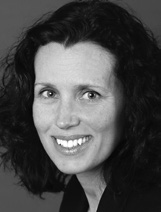Should You Meet the Demand for Significant Dental Hygienist Wage Increases?
In addition to COVID-19, a worsening staff shortage has created significant challenges for dentists and dental practices. Finding a dental hygienist can be difficult; in some cases, dental hygiene applicants and existing staff are asking for significant wage increases. How is this impacting patient care and practice economics, and what should you do about additional wage demands?
Based on close to 250 practice appraisals completed in the past year, we observed that many practices had fully recovered from COVID-19 with earnings and value back to pre-pandemic levels. However, many practices had not fully recovered, and their value was still suppressed. The most common cause was that a hygiene program had not fully bounced back, and there was a related drop in patient count.
Why is your hygiene program so important?
A strong hygiene program is not only critical to the oral health of patients, but also to practice
value. The strength of a hygiene program is measured by the proportion of the patient base that attends regular hygiene maintenance appointments and how much hygiene care, on average, each patient consumes in a year. A practice with a strong focus on prevention, in which patients are more likely to comply with a three, four, or six month hygiene schedule, as dictated by their oral health needs, would on average deliver more hygiene services per patient each year.
When it comes to practice economics and value, hygiene revenue is more profitable and contributes more to practice earnings and value. Our experience has long held that if you compare two practices, each with $1 million in revenue, the practice with the greater proportion of hygiene billings would generally be appraised higher — assuming all fixed costs are equal between the two practices. Once you consider the practitioner compensation and other variable costs associated with each dollar of revenue, hygiene revenue contributes more to overhead and profit.
For example, let’s compare the hypothetical case of the contribution (or what’s left over after variable costs to “contribute” to overhead costs and profit) from a dollar of hygiene and dental billings. For each dollar of dental billings, the dentist is paid 40 cents; it costs about 10 cents for dental supplies and eight cents for a dental assistant, leaving about 42 cents in contribution. However, for each dollar of hygiene revenue, it costs about 30 cents for the hygienist, five cents for supplies and nothing for an assistant, leaving about 65 cents in contribution. Greater earnings mean a higher practice value and greater annual takeaway.
A strong hygiene program also makes a practice more attractive in a sale. Hygiene revenue is viewed as reliable, sustainable revenue for a purchaser. Dental billings change based on each specific dentist’s treatment philosophies and personal scope, whereas hygiene billings remain fairly constant. Patients are accustomed to attending hygiene appointments on a given schedule and paying a certain amount for the services rendered. Also, it is most often from the hygiene room that further dental treatment is initiated.
My hygiene program hasn’t recovered. How is this impacting my practice?
A hygiene program that hasn’t bounced back to pre-pandemic levels impacts the practice in two ways. First, patient counts are down, primarily because patients can’t get a hygiene appointment. If the practice is understaffed in hygiene, or it has adopted COVID-19 protocols above and beyond what the dental regulatory authority requires such that space is not fully utilized, the hygiene program capacity
is constrained and cannot accommodate all patients. These patients no longer attend or transition to another office where they can be appointed. In many practices, there is still a contingent of patients who are reluctant to return to the practice and need to be reassured that protocols
are in place to keep them safe. In these offices, the hygiene department has become the bottleneck, so if fewer patients are being seen for hygiene, fewer dental treatments are being planned. Given the patient base is the most valuable asset in a dental practice, concerted efforts should be made to minimize attrition and ensure patients can access hygiene services for the benefit of their oral health.
Second, if hygiene appointments are down, hygiene revenues are down. In some cases, this also results in lower dental billings because fewer patients are being seen. In other cases, however, dental billings have recovered or are even higher than pre-pandemic levels, most likely owing to a backlog of dentistry from the COVID-19 closure. Regardless, given the higher profitability of hygiene revenue, if hygiene billings are down, practice value is most likely also down.
Should I pay dental hygienist wage increases? Or limit my hygiene program?
Given the importance of the hygiene program to patients, practice economics and maintaining the patient base, this question becomes more challenging. No doubt, it is disheartening that dental hygienist shortages have caused hygiene wages to significantly increase. However, even with higher wage costs, a day of hygiene appointments reaps far more benefits than an idle chair.
The following are suggestions you may also consider in coping with the current challenges:
• Do your best to keep the staff you have. It doesn’t necessarily need to be all about money. There is a risk to change. An employee may be less temped to
switch jobs for a higher wage if they value their current work environment and culture.
• Develop a strong reputation as a good and fulfilling place to work, so you are more likely to attract staff.
• If you are short-staffed in hygiene, consider having an associate pick up some hygiene (without an assistant) to minimize the bottleneck. This could help fill the associate’s schedule, and further integrate them with the patient base. However, this is not a longterm solution because they would be far more productive providing dental care.
• Consider a “kids hygiene chair” with a certified dental assistant (CDA), whereby the CDA takes the radiographs and performs the prophy and fluoride application (if appropriate), and the dentist completes any scaling that is required in conjunction with the exam.

Dr. Patti-Anne Jones is a transition consultant and sales representative at Tier Three Brokerage Ltd, a Henry Schein company, working with dentists on the appraisal and/or sale of their dental practice. She earned a DDS and an MBA from Western University. Combined with 25 years of clinical dentistry experience, Dr. Jones has held industry roles in marketing, communications, and business development, including seven years as a director of member services at the BC Dental Association, where she provided one-on-one assistance to dentists on practice-related issues, lectured at major dental conferences, and delivered practice management content to third and fourth year UBC dental students.
For further information on the impact of hygiene billings and wages on practice values, please contact Dr. Patti-Anne Jones
Posted with permission of the Ontario Dental Association and Ontario Dentist, 2022
